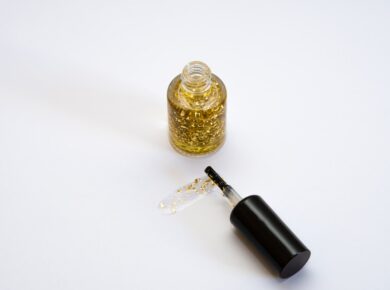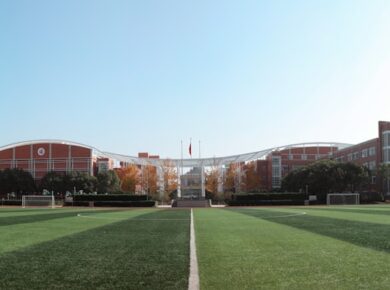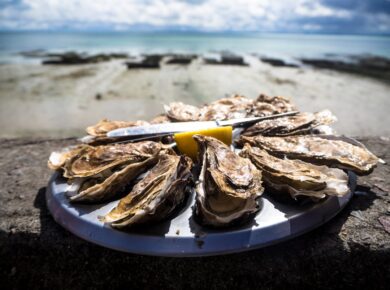Choosing the right seeds is a critical first step in the journey of growing fruit trees. The selection process begins with understanding the climate and soil conditions of your region. Different fruit trees thrive in varying environments; for instance, apple trees flourish in temperate climates, while citrus trees prefer warmer, subtropical regions.
It is essential to research which varieties are best suited for your local conditions, as this will significantly influence the success of your gardening efforts. Additionally, consider the specific characteristics of the fruit you desire, such as flavor, size, and harvest time. For example, if you are looking for a sweet apple variety, you might opt for Honeycrisp or Fuji, both known for their exceptional taste.
Beyond climate compatibility, the source of your seeds or seedlings is equally important. Purchasing from reputable nurseries or seed companies ensures that you are getting high-quality seeds that are disease-free and true to type. Heirloom varieties can offer unique flavors and characteristics that are often lost in commercial hybrids, making them an attractive option for home gardeners.
Furthermore, consider the growth habits of the trees you are selecting. Dwarf varieties can be ideal for smaller spaces, while standard-sized trees may require more room to spread out. By carefully selecting seeds that align with your environmental conditions and personal preferences, you lay a solid foundation for a fruitful gardening experience.
Planting and Caring for Seedlings
Timing and Soil Preparation
Timing is crucial when planting fruit trees. Most trees should be planted in early spring or fall when temperatures are mild and rainfall is more consistent. Preparing the soil is a vital part of this process. The soil should be well-draining and rich in organic matter to provide the necessary nutrients for young plants. Amending the soil with compost or well-rotted manure can enhance its fertility and structure, promoting healthy root development.
Planting and Watering
When planting, ensure that the seedlings are placed at the correct depth—too deep can suffocate roots, while too shallow can expose them to air and desiccation. After planting, caring for seedlings involves regular monitoring and maintenance. Watering is essential during the initial growth phase; young trees require consistent moisture to establish their root systems. However, overwatering can lead to root rot, so it’s important to strike a balance.
Maintenance and Monitoring
Mulching around the base of the seedlings can help retain moisture and suppress weeds that compete for nutrients. Fertilization should also be approached with care; a slow-release fertilizer can provide essential nutrients without overwhelming young plants. As seedlings grow, it’s important to keep an eye out for signs of stress or disease, which can manifest as wilting leaves or stunted growth. Early intervention can prevent more significant issues down the line.
Providing the Right Growing Conditions

Creating optimal growing conditions is paramount for the health and productivity of fruit trees. Sunlight is one of the most critical factors; most fruit trees require at least six to eight hours of direct sunlight each day to produce fruit effectively. When selecting a planting site, consider areas that receive ample sunlight throughout the day while also being sheltered from harsh winds that could damage young branches.
Additionally, proper spacing between trees is essential to ensure adequate air circulation and sunlight penetration, which helps prevent fungal diseases. Soil quality cannot be overlooked when discussing growing conditions. Conducting a soil test can provide valuable insights into pH levels and nutrient content, allowing you to make informed amendments.
Most fruit trees prefer slightly acidic to neutral soil (pH 6.0 to 7.0). If your soil is too acidic or alkaline, you can adjust it using lime or sulfur as needed. Furthermore, maintaining proper drainage is crucial; fruit trees do not thrive in waterlogged conditions.
If your planting area has heavy clay soil, consider creating raised beds or mounds to improve drainage and aeration around the roots. By ensuring that your fruit trees have access to optimal sunlight, quality soil, and proper drainage, you create an environment conducive to healthy growth and abundant fruit production.
Pruning and Training the Tree
| Technique | Description | Benefits |
|---|---|---|
| Pruning | Removing dead or overgrown branches to promote healthy growth | Improves air circulation, enhances appearance, and reduces risk of disease |
| Training | Guiding the growth of branches to achieve a desired shape or structure | Creates a strong and aesthetically pleasing tree structure |
Pruning is an essential practice in fruit tree cultivation that promotes healthy growth and maximizes fruit yield. The primary goal of pruning is to shape the tree while removing dead or diseased branches that could hinder growth or invite pests. The best time to prune most fruit trees is during their dormant season in late winter or early spring before new growth begins.
This timing allows for better visibility of the tree’s structure and minimizes stress on the plant. When pruning, focus on creating an open center structure that allows sunlight to penetrate through the canopy, which is vital for fruit development. Training young trees through techniques such as espalier or central leader systems can also enhance their growth patterns and fruit production.
Espalier involves training branches to grow flat against a wall or trellis, which not only saves space but also creates an aesthetically pleasing display. The central leader method encourages a single main trunk with evenly spaced lateral branches, promoting a strong structure that can support heavy fruit loads. Regularly inspecting and adjusting ties or supports as the tree grows ensures that it maintains its desired shape without damaging the bark or branches.
Dealing with Pests and Diseases
Managing pests and diseases is an ongoing challenge for fruit tree growers, requiring vigilance and proactive measures to protect your investment. Common pests such as aphids, spider mites, and fruit flies can wreak havoc on young trees if left unchecked. Integrated Pest Management (IPM) strategies are effective in minimizing pest populations while reducing reliance on chemical pesticides.
This approach includes monitoring pest populations regularly, introducing beneficial insects like ladybugs that prey on aphids, and using organic insecticidal soaps when necessary. Diseases such as powdery mildew or fire blight can also pose significant threats to fruit trees. Preventative measures include ensuring proper spacing between trees for air circulation and avoiding overhead watering, which can create a humid environment conducive to fungal growth.
Regularly inspecting leaves and branches for early signs of disease allows for prompt action—removing infected parts of the tree can prevent further spread. In some cases, applying fungicides may be necessary; however, it’s crucial to follow label instructions carefully to avoid harming beneficial organisms in your garden.
Harvesting and Enjoying the Fruits

Timing is Everything
Knowing when to harvest is key; fruits should be picked at their peak ripeness for optimal flavor and texture. For example, apples should be harvested when they easily detach from the tree with a gentle twist, while peaches should yield slightly to pressure when ripe.
Enjoying the Fruits of Your Labor
Once harvested, there are numerous ways to enjoy your fruits beyond simply eating them fresh off the tree. Preserving fruits through canning or making jams allows you to savor their flavors long after the growing season has ended. Additionally, incorporating fresh fruits into recipes such as pies, salads, or smoothies can enhance your culinary experiences while showcasing your gardening achievements.
A Celebration of Nature’s Bounty
Sharing your bounty with friends and family not only spreads joy but also fosters a sense of community around home gardening practices. Ultimately, harvesting and enjoying your fruits represents not just a reward for your labor but also a celebration of nature’s bounty and the satisfaction of nurturing life from seed to table.















